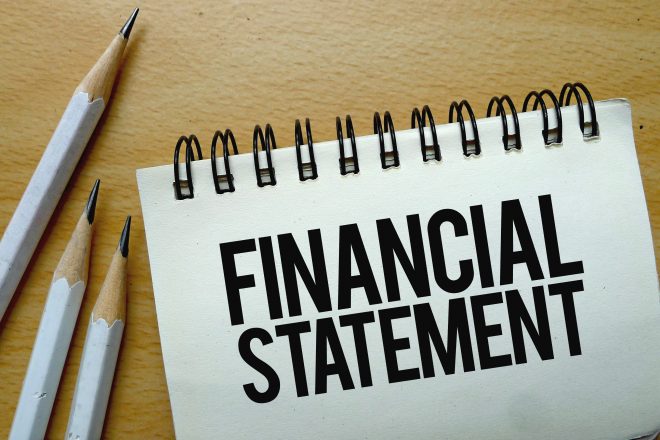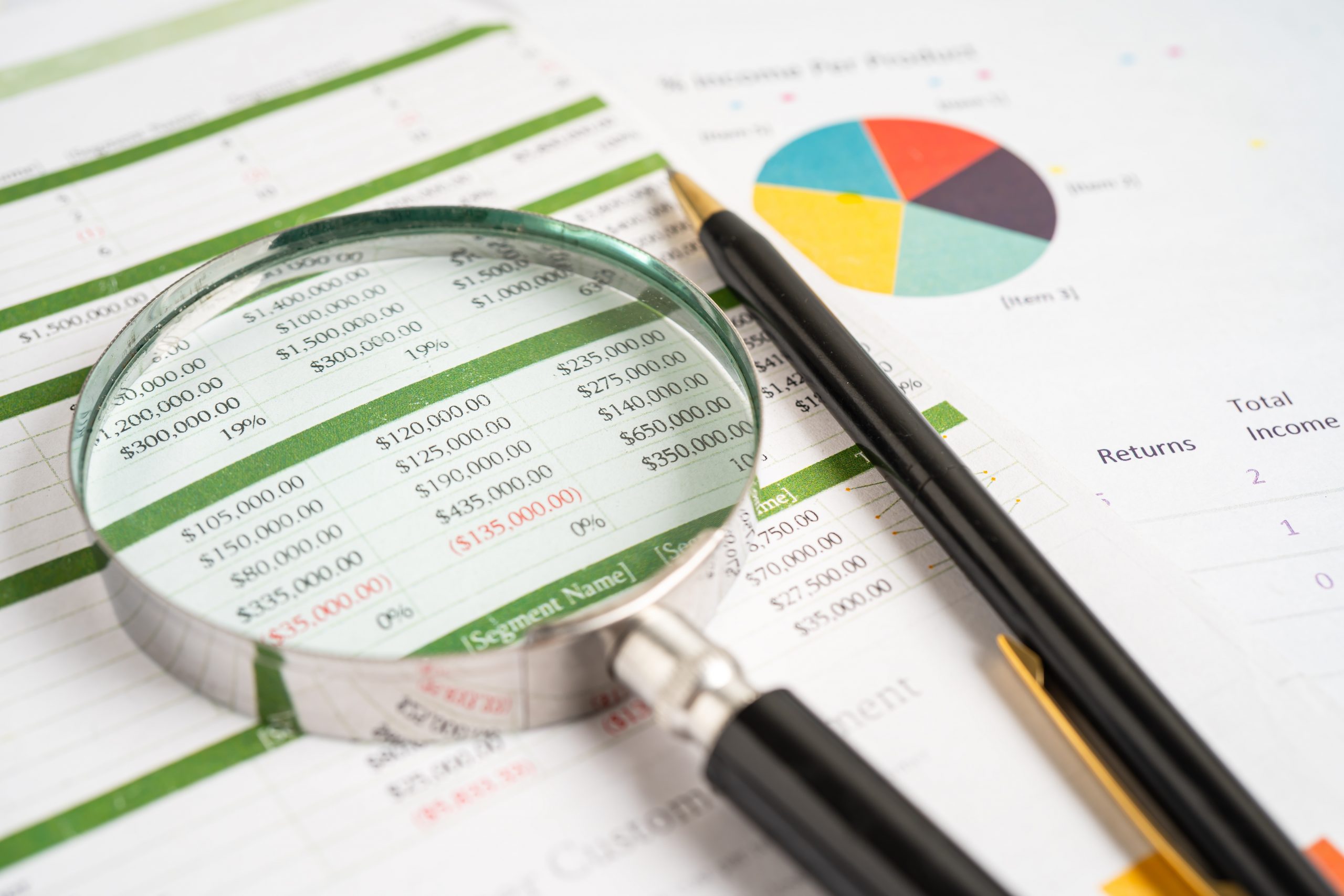Financial Statements for Co-op and Condo Buildings: What They Are and How to Read Them

Nestled among the towering skyscrapers and historic brownstones of New York City are a plethora of co-op and condo buildings. These unique real estate entities, a staple in the NYC property scene, have a financial underbelly that’s equally unique and pivotal. For potential buyers, understanding a building’s financial health is as crucial as assessing its aesthetic appeal or amenities. The key to this understanding? Financial statements.
What Are Financial Statements?

Every established business, from the corner bodega to the multi-billion-dollar corporation, maintains financial records. Co-op and condo buildings are no exception. While they might not be “businesses” in the traditional sense, their financial operations require similar documentation and scrutiny. Financial statements are the gateways into this world of numbers, assets, and liabilities, offering stakeholders a clear view into the economic health of a building.
Balance Sheet
This is the financial equivalent of a selfie; it captures a building’s financial status at a specific point in time. Here, you’ll see the building’s assets. Basically, everything the building owns. This can be as liquid as cash in the bank or as tangible as land and buildings. Assets are further divided into:
- Current Assets: Expected to be used or converted into cash within a year (e.g., cash, accounts receivable).
- Non-current Assets: Have a longer lifespan, often including property, equipment, and long-term investments.
- Liabilities are the opposite. They are everything the building owes. Like assets, these can be:
Current Liabilities: Debts due within a year (e.g., accounts payable). - Long-term Liabilities: Debts due over a longer period, such as a mortgage.
The difference between assets and liabilities provides the building’s equity or its net worth. A positive equity indicates that the building owns more than it owes, a favorable sign for potential investors or buyers.
Income Statement (or Profit and Loss Statement)
Think of this as a movie of the building’s financial performance over a set period, often a year. It narrates:
- Revenues: All income sources, from residents’ maintenance fees to rental income from commercial spaces within the building.
- Expenses: The costs borne to maintain and operate the building. This encompasses everything from utility bills to staff salaries and repair costs.
By subtracting expenses from revenues, you get the net income, showing whether the building operated at a profit or loss during the period.
Statement of Cash Flows
While the income statement focuses on revenues and expenses, this statement zeroes in on actual cash movements. It tracks:
- Operating Activities: Cash from regular operations like maintenance fees.
- Investing Activities: Cash spent or received from investments, like buying a new property or selling an old piece of equipment.
- Financing Activities: Cash from financial decisions, like taking out a loan or residents paying off their shares.
By piecing together these documents, stakeholders gain a comprehensive view of a building’s financial health, enabling informed decisions and fostering transparency.
Why Are Financial Statements Important?

Navigating New York City’s real estate landscape requires more than just an appreciation for architectural beauty or the proximity of a building to the latest hotspots. It necessitates an understanding of the underlying financial health of the property. For co-op and condo buildings, financial statements play a pivotal role in this understanding.
For Potential Buyers:
A building’s balance sheet, showcasing its assets and liabilities, provides a clear picture of its financial stability. Buildings with robust assets and minimal liabilities signal a secure investment. Furthermore, the income statement sheds light on the efficiency and effectiveness of a building’s board or management company. A history of profits and well-controlled expenses reflects competent leadership.
For Current Residents:
Financial statements serve as a check and balance. Residents can use them to gauge whether the board or management company is acting in the best interest of the community. Mismanagement or financial irregularities become apparent when scrutinized against these records.
Real estate is as much an investment as it is a home. Maintaining the financial health of a building ensures that property values remain stable, or ideally, appreciate over time. Regularly reviewing financial statements can help residents anticipate and react to any shifts that might affect their investment’s worth.
For Brokers and Real Estate Professionals:
Brokers can leverage a building’s positive financial standing as a unique selling point to potential buyers. In a market as competitive as New York, every advantage counts. They can use financial statements to assess the risks associated with representing or recommending a particular property. Avoiding or addressing potential pitfalls head-on can save time, money, and reputational damage.
In essence, financial statements are more than just pages filled with numbers. They are roadmaps that detail a building’s financial journey, offering insights, revealing potential red flags, and serving as essential tools for decision-making.
How to Read and Understand These Statements

While financial statements can initially appear as a daunting jumble of numbers and financial jargon, breaking them down piece by piece is easier than you think. Begin with the Balance Sheet, and remember: these represents what the building owns.
Differentiating between current and non-current assets can help potential buyers understand the building’s immediate liquidity and long-term investments. The net worth or equity of the building, derived from the difference between assets and liabilities, acts as a quick health check. A healthy equity suggests a financially sound building.
Next, Navigate the Income Statement. This section enumerates all incoming funds. It’s essential to note where the primary sources of income are, be it from residents’ dues, rental spaces, or other avenues. Delving into expenses offers a granular view of where the money goes—salaries, maintenance, utility bills, and more.
A building with controlled, consistent expenses reflects effective management. Monitoring the net income, the result of subtracting expenses from revenues, over time can help gauge whether the building’s operations are sustainable. Consistent profits are a reassuring sign.
Never Overlook the Notes
These annotations can be a treasure trove of insights. They often clarify specific entries in the main statements. For instance, a sudden spike in expenses might be justified with a note detailing a significant one-time repair. They can provide additional context, shedding light on future commitments, potential liabilities, or plans that could affect the building’s financial landscape.
For those not well-versed in finance, consulting with a financial advisor or accountant can be invaluable. Their expertise can further demystify these statements, ensuring that both potential buyers and current residents are equipped with all the knowledge they need.
Red Flags to Watch Out For

New York City’s real estate world is as dynamic as anything about it, but while its vast opportunities can be enticing, they also come with potential pitfalls. Delving deep into the financial statements of co-op and condo buildings can uncover potential warning signs. Recognizing these red flags early can save prospective buyers and current residents from future financial headaches.
Low Reserves
Every building should have a reserve fund set aside for emergencies or significant capital improvements. This fund acts as a financial safety net. If this fund is meager, it could lead to sudden assessments or increased fees when unexpected expenses arise. Without adequate reserves, buildings might struggle to address significant repairs or renovations promptly.
How to Spot It: A balance sheet with minimal cash or short-term investments, coupled with notes detailing a lack of dedicated reserve funds, can be indicative.
Consistent Deficits
While occasional financial downturns can occur due to unforeseen circumstances, a pattern of deficits suggests potential mismanagement or an unsustainable financial model. Persistent deficits could eventually strain the building’s finances, leading to potential cuts in services, delayed maintenance, or even increased fees to residents.
How to Spot It: Regularly reviewing the income statement can reveal if expenses frequently outstrip revenues. Comparing year-on-year statements can also help identify any concerning patterns.
High Debt Levels
Debt isn’t inherently negative, as it can be a tool to finance significant improvements or navigate temporary financial challenges. However, excessive debt can pose a burden. Over-leveraging can strain a building’s cash flows, diverting significant funds to interest payments and potentially leading to higher fees or reduced services for residents.
How to Spot It: A balance sheet with substantial long-term liabilities, especially when compared to assets, is a sign. The notes might also detail terms of these debts, including interest rates and repayment schedules, which can provide more context.
Significant Deferred Maintenance
Postponing essential repairs or maintenance can lead to bigger, more costly problems down the line. Not only can this impact the quality of life for residents, but it can also affect property values and lead to more significant assessments in the future.
How to Spot it: Notes to the financial statements might reveal deferred projects. Physical inspections of the property, or discussing with current residents or the management, can also provide insights.

Financial statements can feel overwhelming, but with a basic understanding and a keen eye, they become invaluable tools in assessing a building’s fiscal health. For potential NYC co-op or condo buyers, delving into these documents is a must. It not only paints a clearer picture of your potential new home but can also save you from unforeseen financial pitfalls. After all, a savvy New Yorker knows doing your financial homework pays off.
- Categories:




